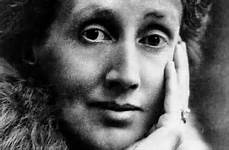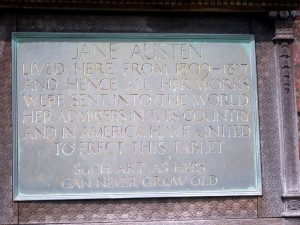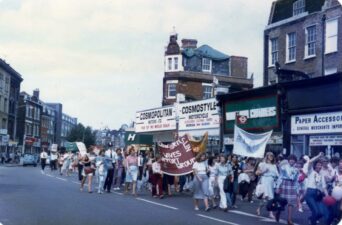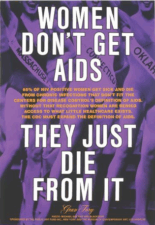A short overview of the posts made during Women’s History Month on the Women’s History Network Blog
Part 2
WHN Admin.
Women as political activists are featured in several posts, from the earliest, the story of women’s suffrage in Australia to a young candidate in an unwinnable seat. The history of Women’s suffrage in Australia (March 19) by Vida Goldstein is a document worth reading in its entirety. However, the excerpts in this post provide some informative commentary from Goldstein and her supporters.  Jean Beadle (March 11), long time Labor stalwart from Clunes in Victoria who made her home in Western Australia, was a regular contributor to the Kalgoorlie Miner and other newspapers. In 1915 she wrote about venereal disease, arguing that education rather than compulsion was a better solution to the problem. She was forthright about this and other political issues, while earning the accolade ‘Grand Old Lady of Labor’. Less forthright, but nonetheless a strong and determined unionist and Member of Parliament was May Holman (March 5), whose advice to women wishing to become candidates is optimistic about women’s success that at times is unaware of problems they would continue to face in the political sphere. Sue Neacy’s account of her candidacy in an unwinnable seat in the 1972 Australian Federal election is instructive, funny and poignant – but realistic about women’s political situation (March 24). She also writes of the poor working conditions she experienced while supporting herself at university (March 23).
Jean Beadle (March 11), long time Labor stalwart from Clunes in Victoria who made her home in Western Australia, was a regular contributor to the Kalgoorlie Miner and other newspapers. In 1915 she wrote about venereal disease, arguing that education rather than compulsion was a better solution to the problem. She was forthright about this and other political issues, while earning the accolade ‘Grand Old Lady of Labor’. Less forthright, but nonetheless a strong and determined unionist and Member of Parliament was May Holman (March 5), whose advice to women wishing to become candidates is optimistic about women’s success that at times is unaware of problems they would continue to face in the political sphere. Sue Neacy’s account of her candidacy in an unwinnable seat in the 1972 Australian Federal election is instructive, funny and poignant – but realistic about women’s political situation (March 24). She also writes of the poor working conditions she experienced while supporting herself at university (March 23).

Daphne Gollan’s ‘Lending a hand in the strike’ (March 2) writes about a miners’ strike in which men were on strike, but were assisted by a representative of the Women’s Auxiliary in making some gains and maintaining some income for their families.
Quotes tell stories succinctly. Virginia Woolf (March 10) made the error of assuming that the male includes the female in one quote. However, in another it was clear that she knew this was not the case.

This dilemma continues one of the compelling themes in Woman and The Magna Carta, and lead easily into a discussion of gendered language, most clearly articulated by Casey Miller and Kate Swift. Barbara Pym’s quotes (March 12) from her notebooks provide some of the background to her gentle (and not so gentle) novels with their social history of the period in which she wrote. Lastly, Gloria Steinem’s birthday (March 25) provided the opportunity to include two quotes on the blog. The first is at odds with stories about women writing on the kitchen table in snatched moments or the feeling that anything to do with the arts is not ‘work’ so is remarkable – ‘Writing is the only thing that, when I do it, I don’t feel I should be doing something else’.
Women’s work in different fields was also a theme, from Zvezdana Popvic’s information and photos of the celebration of women who worked in Serbia during the Great War (March 3 and 26) to Enid McMullan’s work scoring Test Cricket matches (March 20). These are two vastly different occupations, but indicative of the range of activities that WHN Blog has been able to celebrate during Women’s History month.

Jane Austen as a troublesome writer was published in two parts (March 29 and 30).
It is argued that she provides the template for later feminist writers. 

To finish, the Blue Plaques story (March 2) sums up the failure to mark outstanding women’s lives and the work being undertaken to rectify the omissions. Perhaps some of these will be rectified by Women’s History Month 2017.


